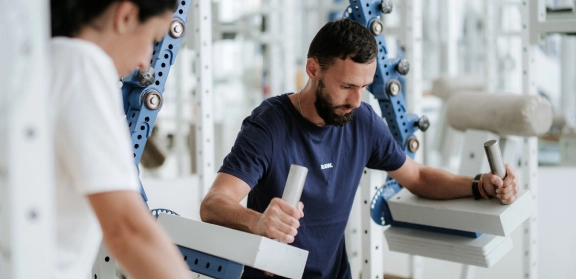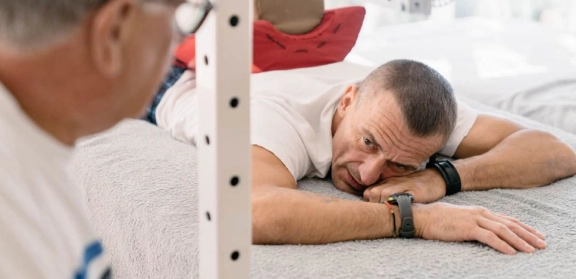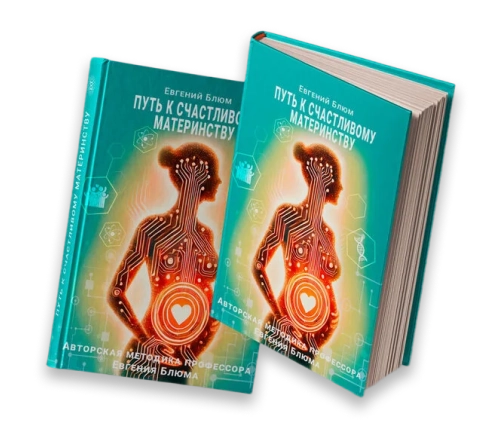Duchenne Muscular Dystrophy Treatment
Our medical strategy
Professor Blum's approach is fundamentally different from all known methods—it focuses on restoring metabolism in muscle cells by activating the surrounding environment. The emphasis is on restoring the quality, tissue architecture, and metabolic processes in connective tissue, which forms the foundation of our body and makes up about 90% of all tissues.
Methodical, precise, and targeted physical impact on the connective tissue matrix, in which muscle and nerve cells are embedded, allows the initiation of self-repair and renewal of cells, effectively halting progressive destruction.
Precise and diverse stimulation of connective tissue using specialised rehabilitation modules optimises its functions—shape-forming, morphogenetic, homeostatic, informational-integrative, and energetic. As a result, regenerative processes begin to dominate over destructive ones, gradually leading to the restoration of muscle tissue structure.
In what types of Duchenne muscular dystrophy is treatment possible?
Our Centre receives patients with varying degrees of severity of Duchenne myopathy, from young children with minimal symptoms to young adults with severe symptoms and complications. The main criterion for determining the prospects for recovery is the amount of time spent without movement—the longer the period of physical inactivity, the more challenging the consequences. The extent of tissue damage and its localization are crucial factors, particularly how vital organs have been affected and the consequences of hormone treatments.
It is important to understand that restorative treatment for a severe, rapidly progressing systemic disease is a long and labour-intensive process. The rehabilitation course may last several months or even years.
The Centre conducts proprietary diagnostics based on the six-link matrix principle developed by Professor Blum. This method assesses the complexity, severity, depth, extent, and multi-level nature of Duchenne myopathy. Based on the results, a six-link pathogenetic diagnosis is formulated, and six algorithms, methods, and techniques for recovery are selected, with each algorithm addressing a specific task. Following this, an individualised, comprehensive plan for step-by-step restorative treatment is developed. The most important criteria include the following symptoms and factors:
- Paresis
- Paralysis
- Contracture
- Immobility
- Rate of progression
- Condition of respiratory function
- Cardiovascular activity indicators
- Complications and consequences of previous medication treatment
General description of the problem
Duchenne myopathy (Duchenne muscular dystrophy) is a type of muscular dystrophy, a severe systemic disease characterised by impaired metabolism and progressive destruction of muscle fibers, leading to disruption of muscle contraction, muscle weakness, limited mobility, and damage to internal organs that contain muscle tissues. The main symptoms of the disease are:
- Symmetrical muscle atrophy, beginning in the lower limbs
- Pseudohypertrophy of the calves due to fibrous tissue replacing muscle tissue
- Deformities of the locomotor system, such as spinal curvature and joint contractures
- Breathing difficulties resulting from damage to the respiratory muscles and diaphragm
- Cardiac dysfunction due to heart muscle damage, leading to cardiomyopathy
- Loss of the ability to move independently
Current standard supportive therapies for Duchenne myopathy focus on reducing symptoms to prolong the patient's life as much as possible. The fact that the global incidence of Duchenne myopathy is around 0.003% affects the speed of finding an effective treatment method.
-
Restoring metabolic processes and the structure of connective tissue
-
Activating the environment surrounding muscle and nerve cells
-
Initiating self-repair and regeneration of body tissues
-
Applying precise, targeted influence on connective tissue to restore its core functions
-
Promoting muscle tissue recovery by shifting the balance toward regeneration over degradation
Objectives of the program
-
Optimisation of vital organs and systemsOptimisation of vital organs and systems: the heart, lungs, and intestines, to ensure a high level of metabolism and the necessary energy resources for recovery.
-
Restoration of the supportive functions of the spine and jointsRestoration of the supportive functions of the spine and joints, ensuring stable vertical alignment through the deep muscle layers and postural muscles, from the bones to the surface of the body, as biomechanically, recovery begins from within.
-
Restoration of motor functionsRestoration of motor functions in ontogenetic sequence: holding the head, then supporting oneself on the hands, followed by rolling over, sitting, crawling, standing with support, moving freely along the support, and only then progressing to learning independent walking skills.
Proprietary methodology
Professor Blum's Centre uses patented rehabilitation equipment that offers unprecedented adaptability: there is not a single body segment or muscle group that we cannot target. The physical impact is applied with exquisite precision, within a specified intensity range, with the necessary angle of acceleration, and dozens of other controlled parameters.
This leads to a planned response even from the weakest muscular and fascial structures, ensuring the ability to address a wide range of rehabilitation tasks for patients with Duchenne myopathy.
The successful restoration of functional performance and structural integrity of the neuromuscular system, locomotor system, and the body as a whole is achieved through the method's ability to target weak links with minimal energy expenditure from the patient. Professor Blum's patented rehabilitation modular exercise machines ensure constant control of movement range and specific muscle responses, guaranteeing safety, maintaining consistency and predictability of results, and eliminating any overloads, which is especially important for patients with myopathy.
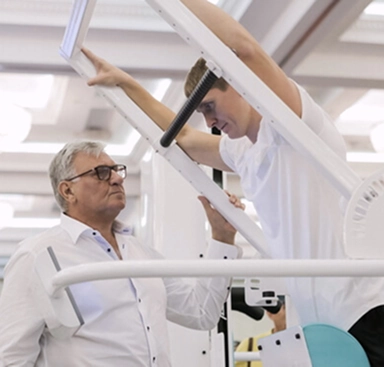
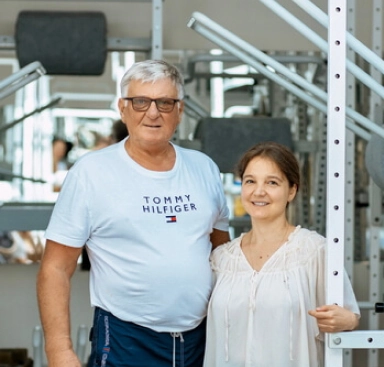
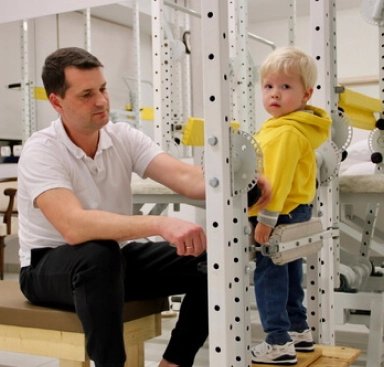
Patient stories
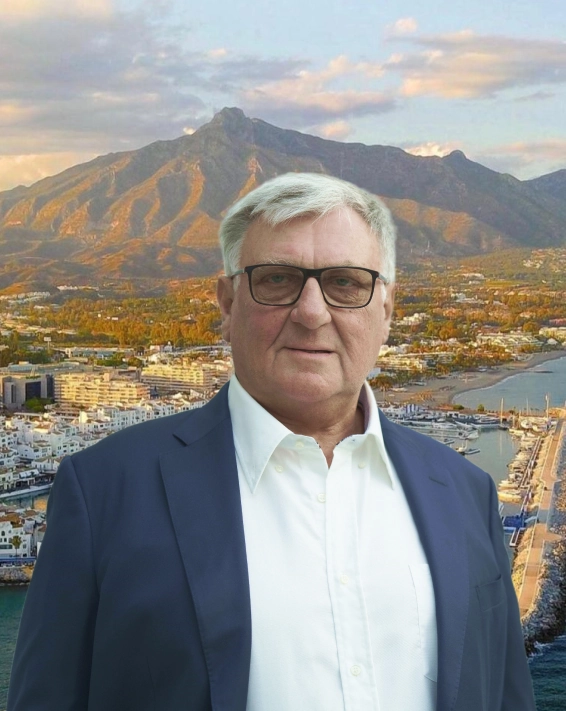
Professor Blum’s Exclusive Rehabilitation System

The center is located in a picturesque corner of the renowned resort town of Marbella, surrounded by cedar trees at the foot of La Concha mountain. Here, science and technology blend with nature, creating a space where the body returns to balance and harmony.
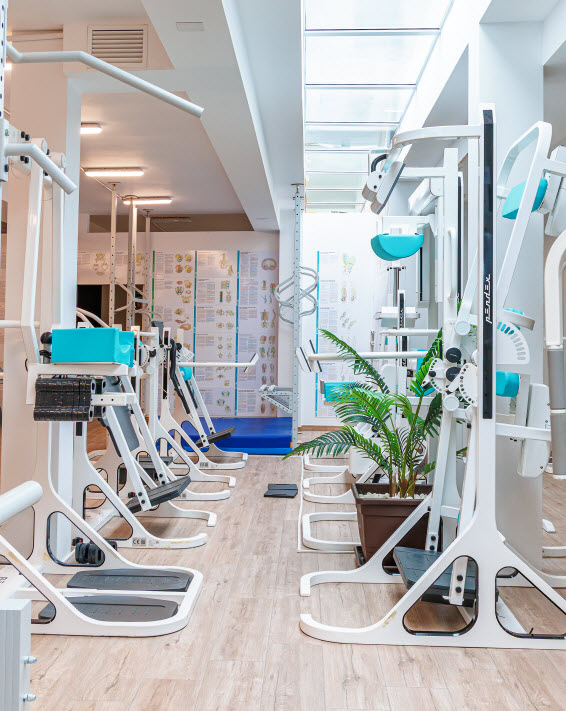
Technologies that deliver results
Select a program
- Personalized Health Recovery Programs
- Disease Prevention
- Customized Check-Up
Q&A
With prolonged use of hormones, serious complications can develop:
Steroid-induced osteoporosis – bone density decreases, bones deteriorate, and fractures occur.
Obesity – under the influence of corticosteroids, proteins are converted into carbohydrates, which then turn into fats. Combined with limited physical activity, this leads to obesity.
Diabetes – carbohydrate metabolism is disrupted, glycogen synthesis increases, and blood sugar levels rise.
There is no known cure for myopathy. Worldwide, only symptomatic therapy is used, which temporarily alleviates the symptoms of the disease. Medication therapy is aimed at possible symptom control and maintaining intracellular metabolic processes in nerve and muscle tissues to slow down their degradation. This includes anabolic steroids and glucocorticosteroids. It is believed that anabolic and corticosteroid hormones can slow the progression of the disease. Research has shown that these drugs increase muscle strength, extend walking time, slow the progression of respiratory failure and the development of dilated cardiomyopathy, and slow the progression of scoliosis. However, side effects include an increased risk of spinal fractures, long bone fractures, obesity, and diabetes. In the later stages of myopathy, assisted ventilation is used to address increasing respiratory failure and oxygen deficiency. For weakening of the heart muscle and the development of heart failure, medications that support heart function are used. Surgical operations may be performed to correct the spine in cases of progressive scoliosis.
At the end of the rehabilitation course, we always provide "homework" — constructive recommendations for care and exercises that will help parents maintain the results achieved. Rehabilitation for myopathy is a complex and lengthy process.
The duration of the rehabilitation course depends on the type of myopathy, the patient’s age, the presence of complications, and the duration of the disease. The greater the volume of affected muscles, the more complex and prolonged the treatment. In cases where vital organs are affected—such as the heart, bronchi, respiratory muscles, or diaphragm—there are increased risks. If prolonged treatment with hormonal drugs has already been carried out, the condition may be further complicated. To determine the exact duration and cost of the rehabilitation course, schedule a free online consultation with a doctor at the Centre.
In the vast majority of cases, the main manifestation of myopathy (as well as other neuromuscular diseases) is muscle weakness. The following symptoms are also observed:
- Rapid fatigue
- Cramps
- Decreased muscle tone
- Muscle pain
- Difficulty climbing stairs
- Difficulty raising arms or getting up from a chair
- Unsteady gait
- Waddling gait
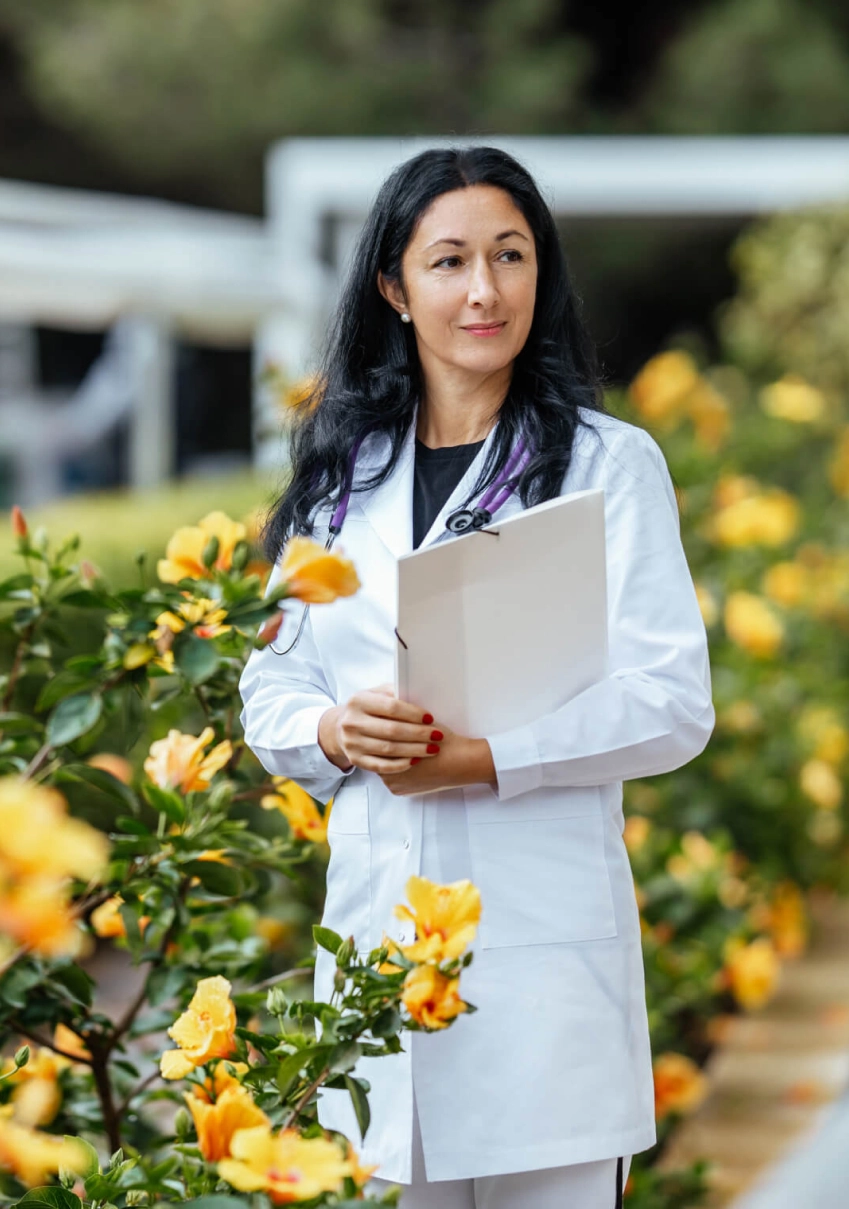
The cost of a course of treatment with a stay in a hotel
- Appointments and consultations
- Creating an individual program
- Conducting personal sessions
- Appointments and consultations
- Creating an individual program
- Conducting personal sessions
Other areas of work of our Center
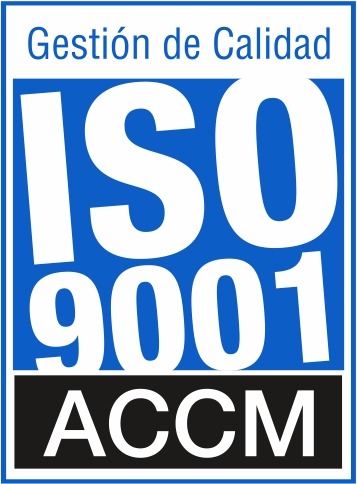






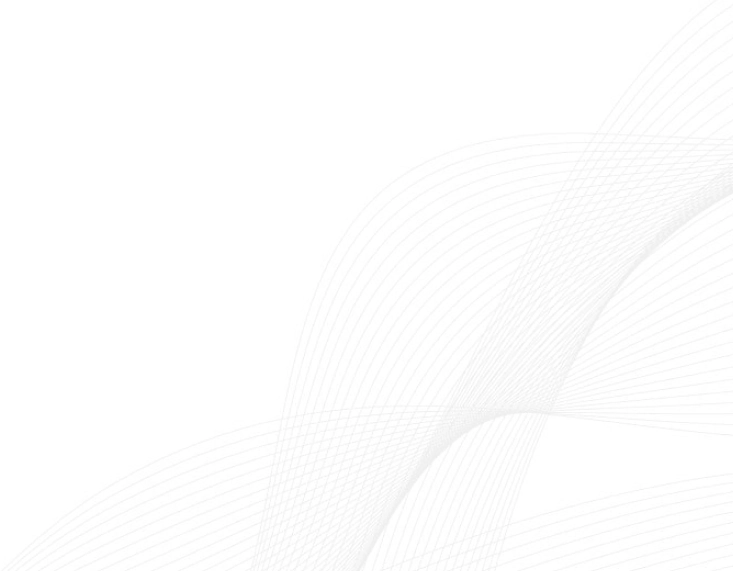
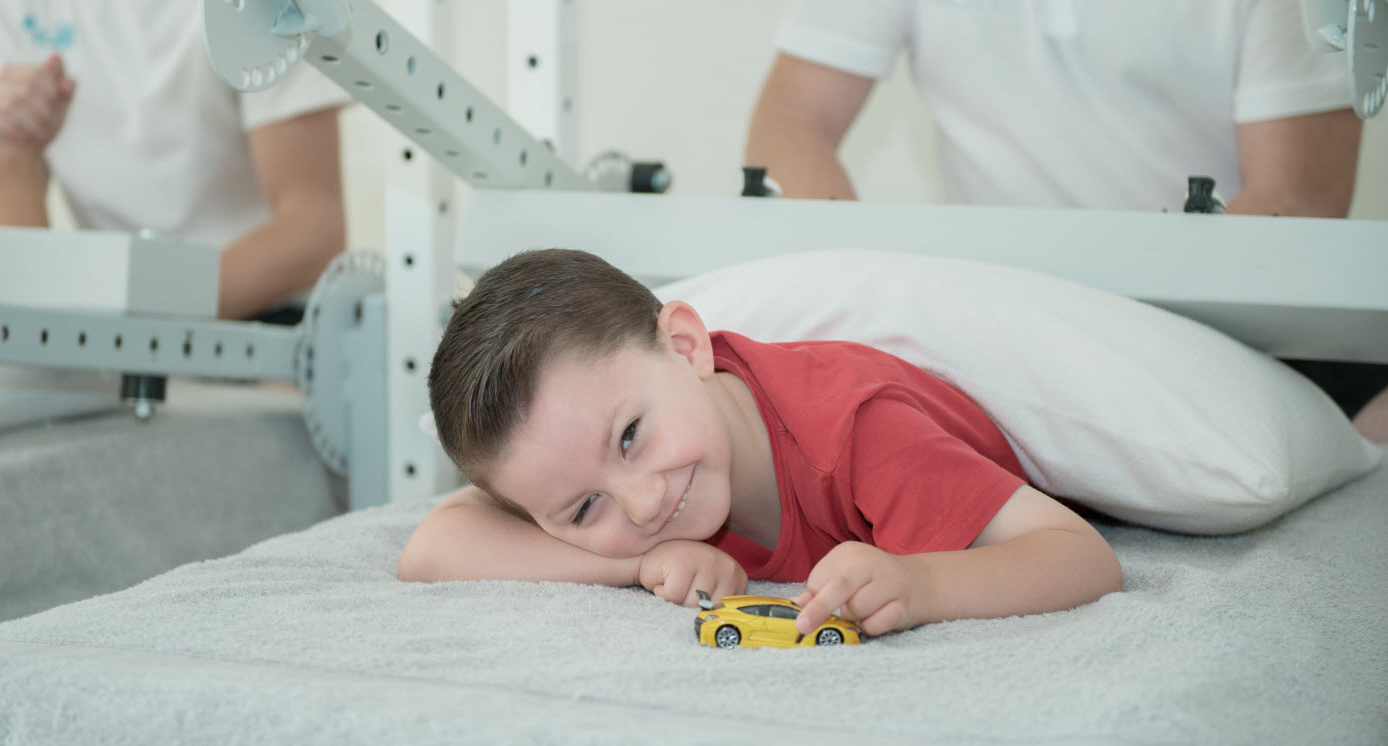
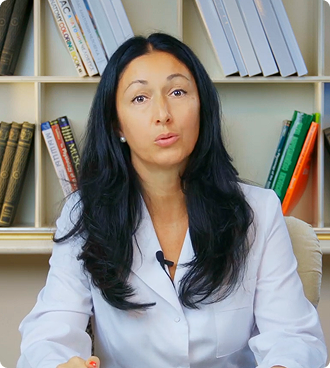
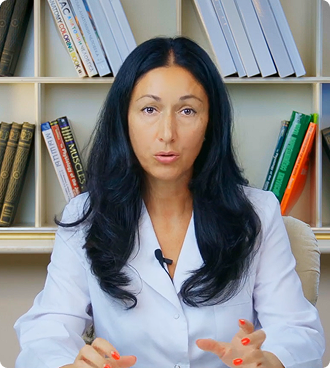
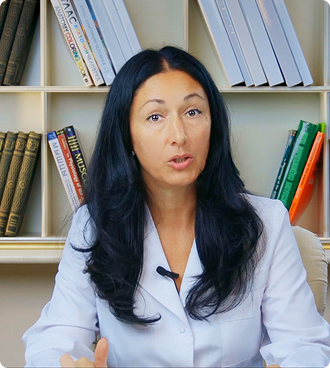
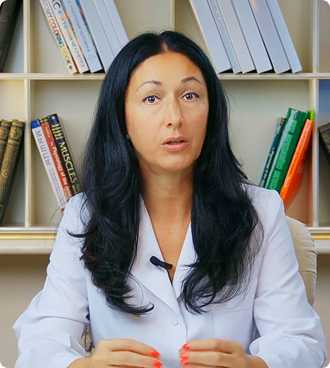
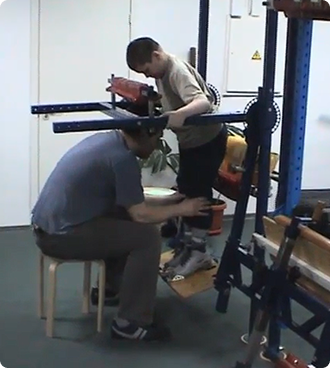


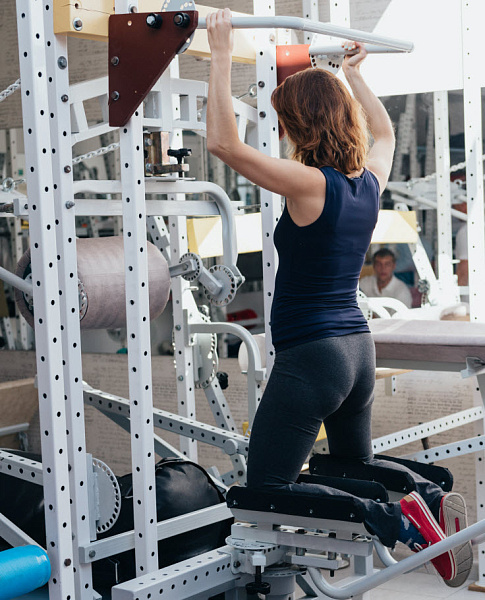
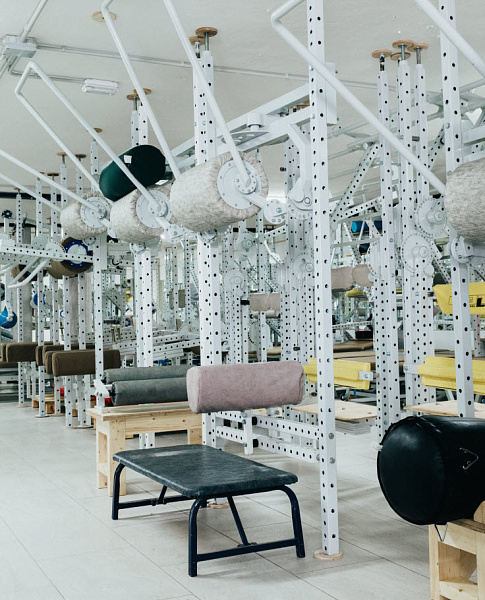

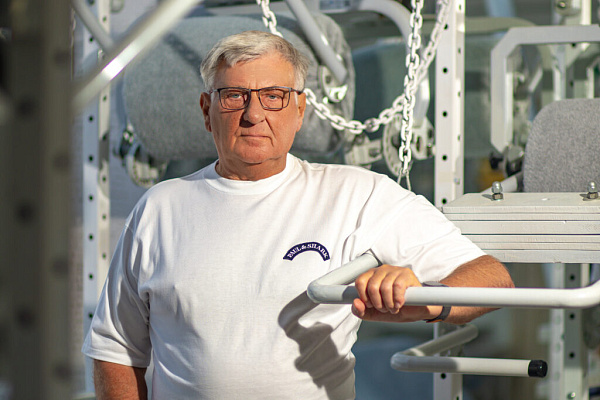
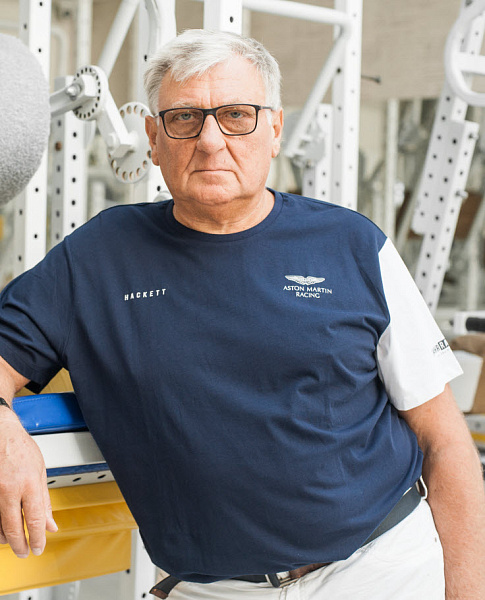

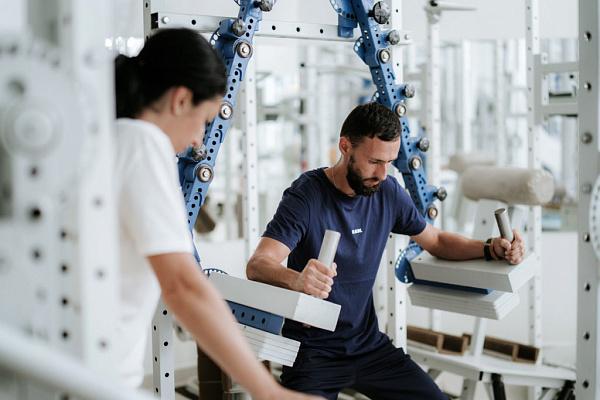
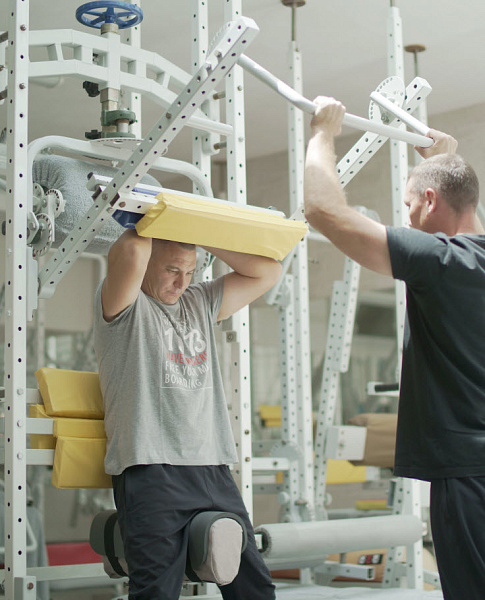
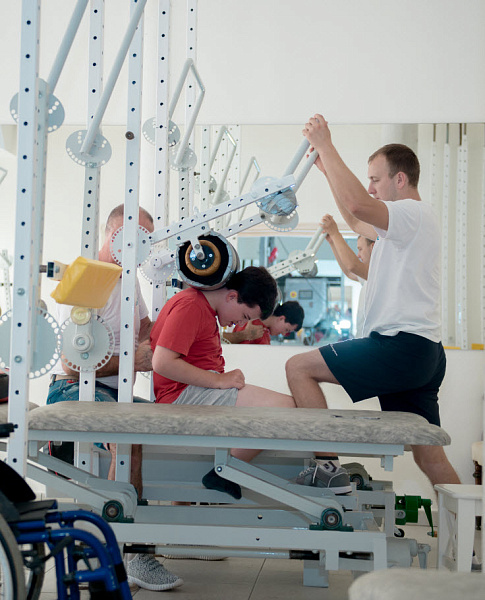
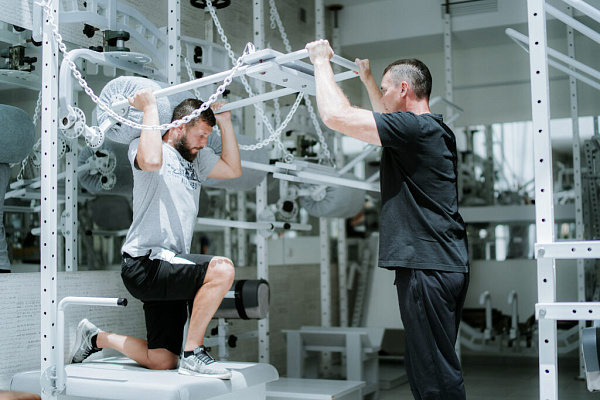
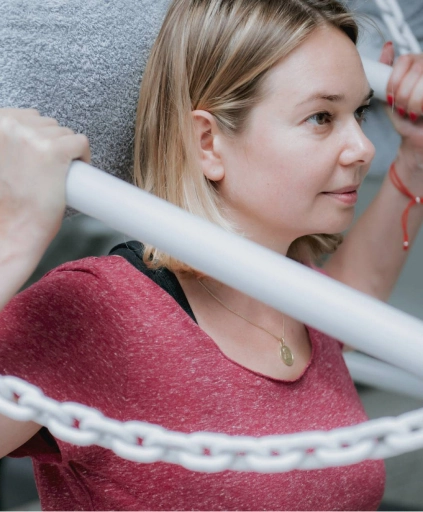
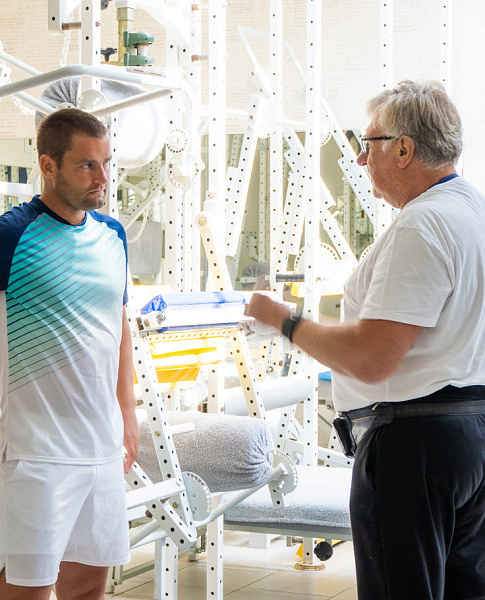

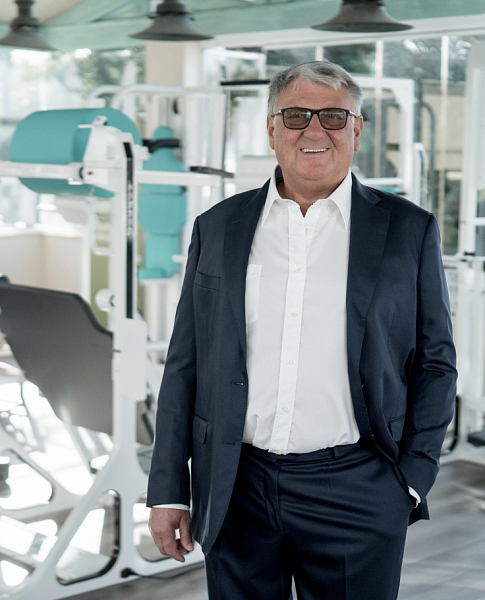

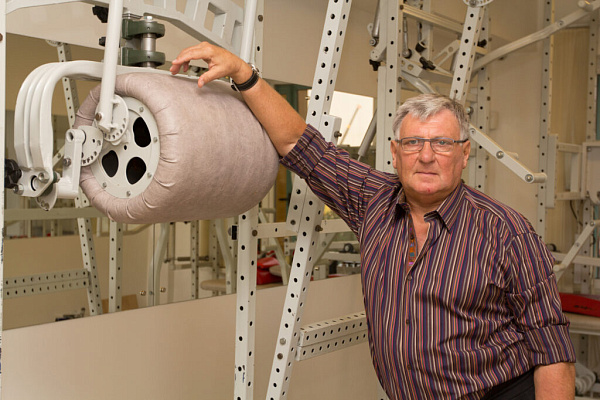
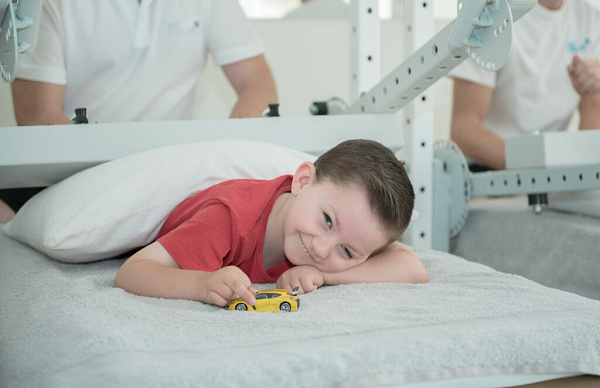
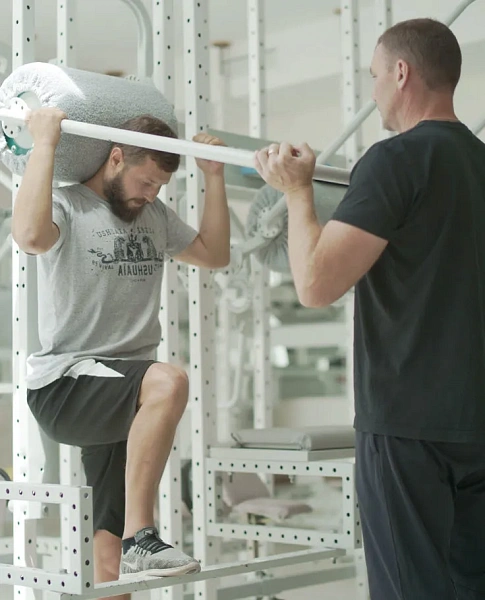
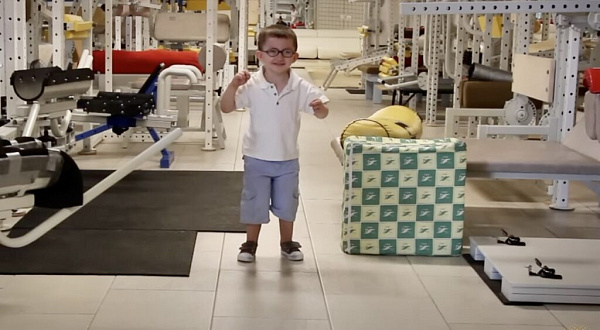
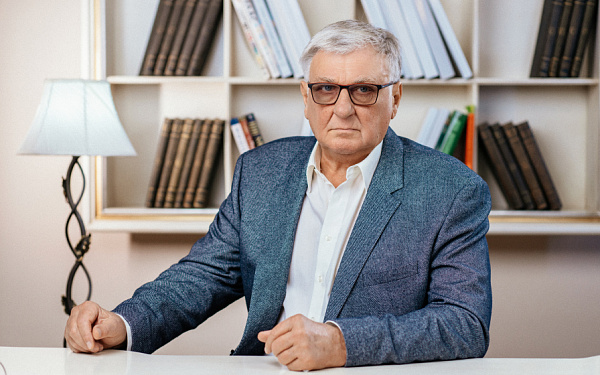
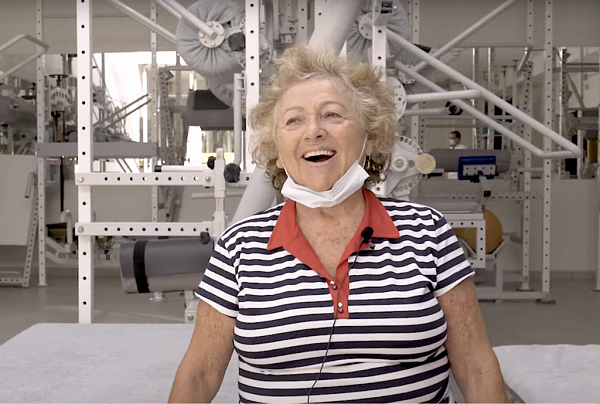

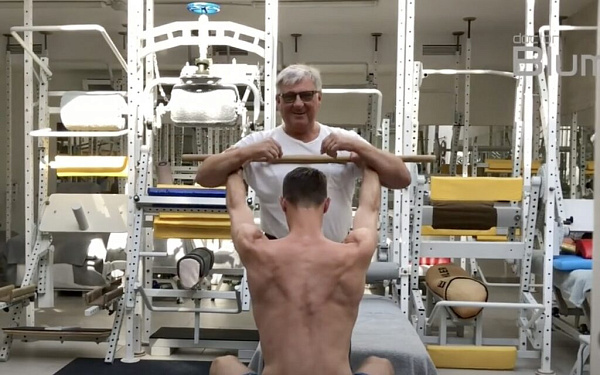
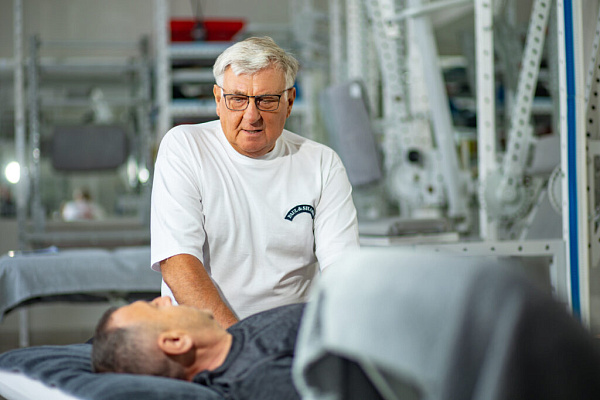

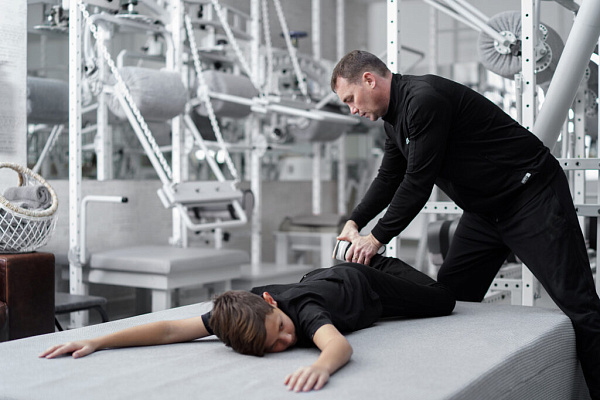

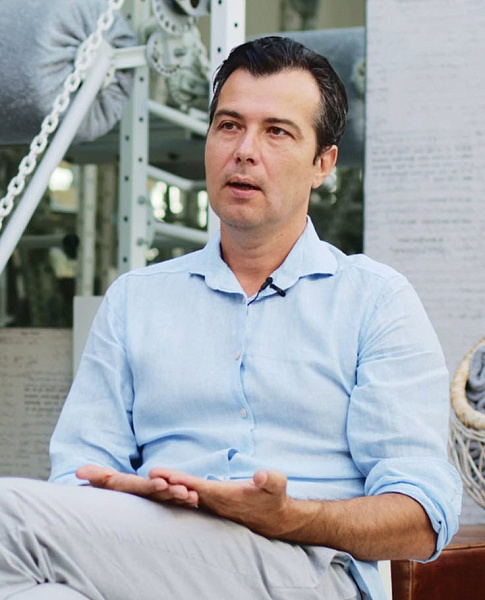
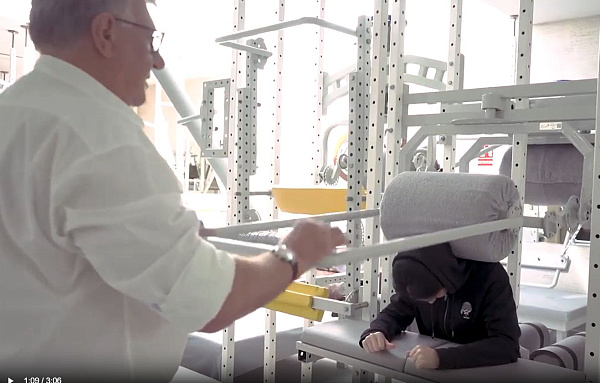
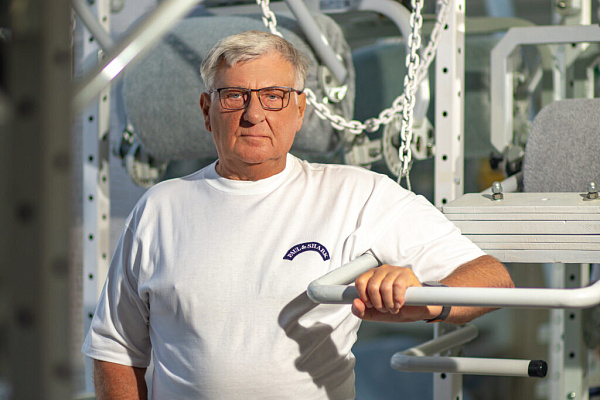
.webp)
